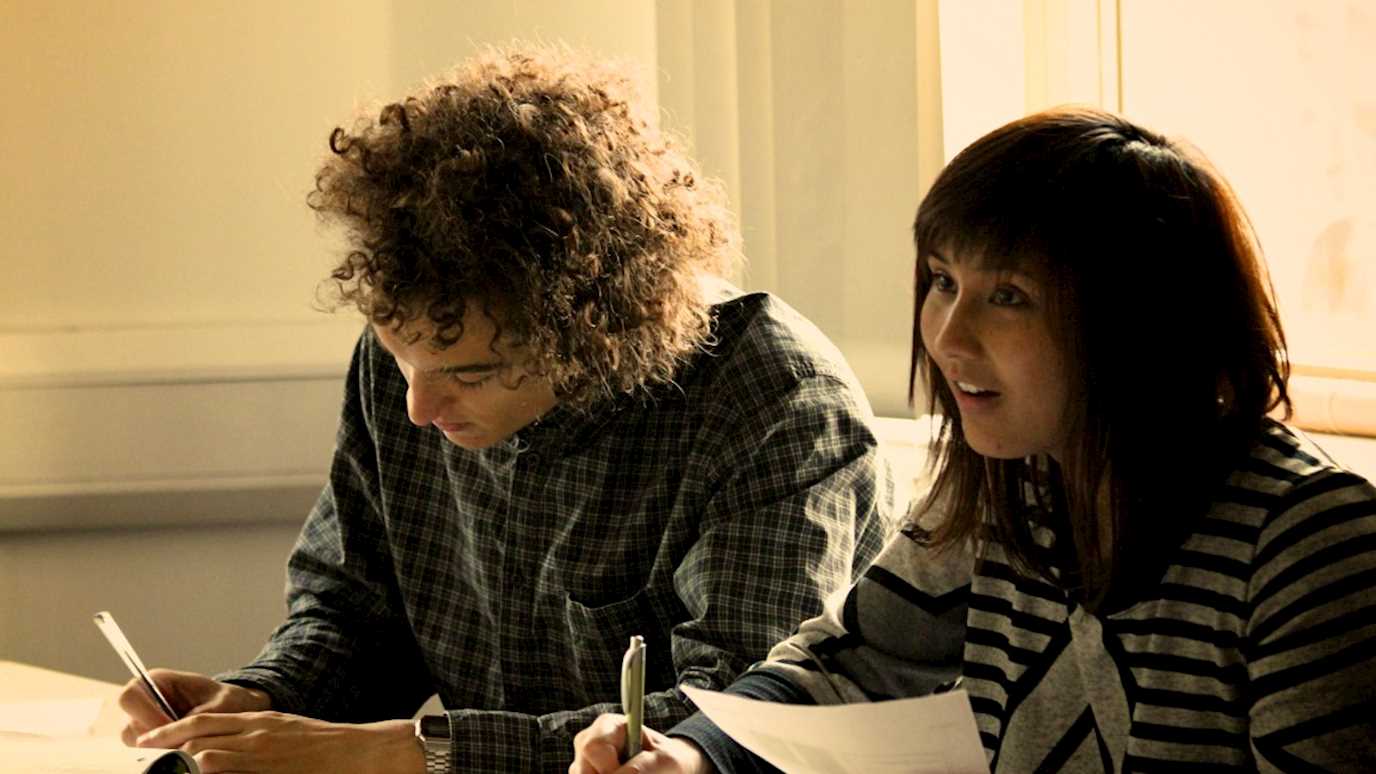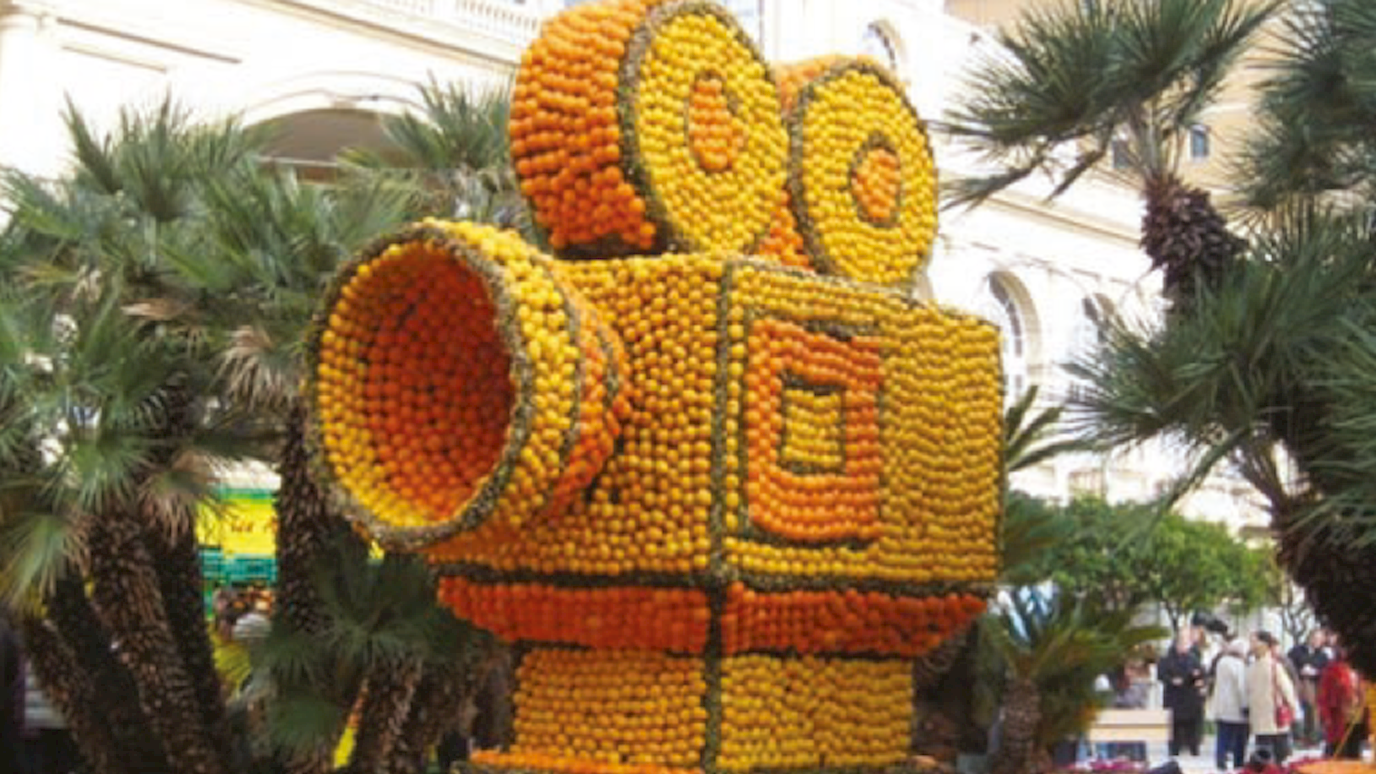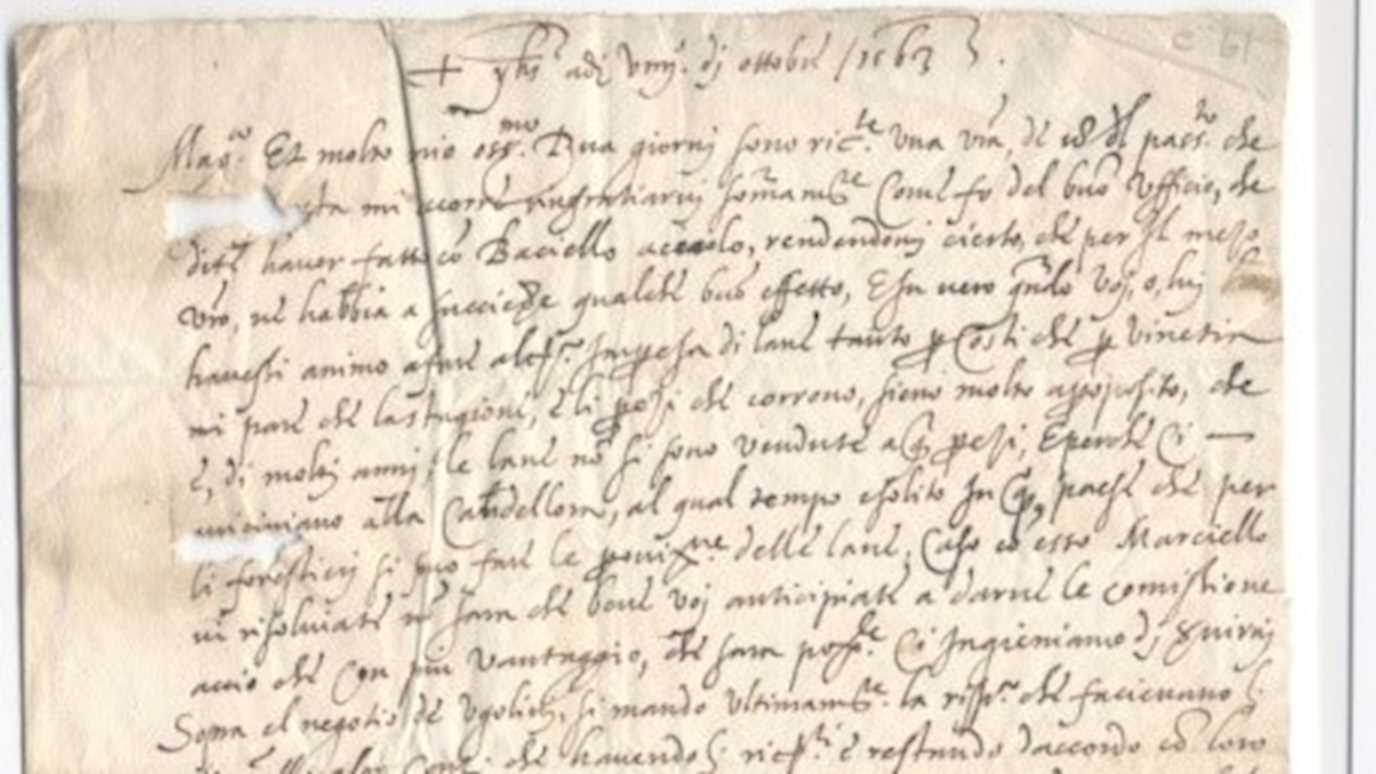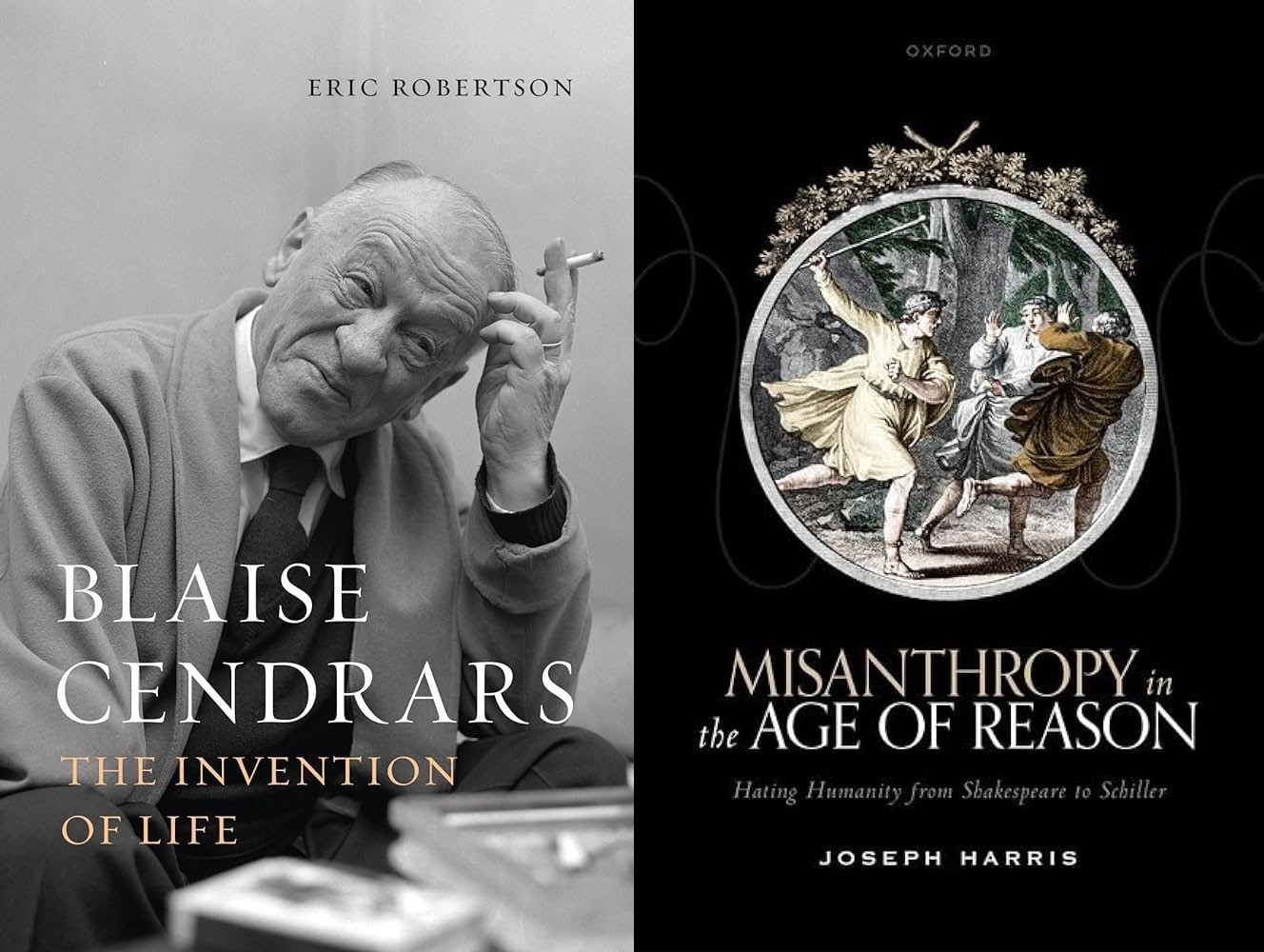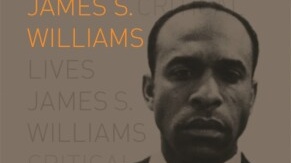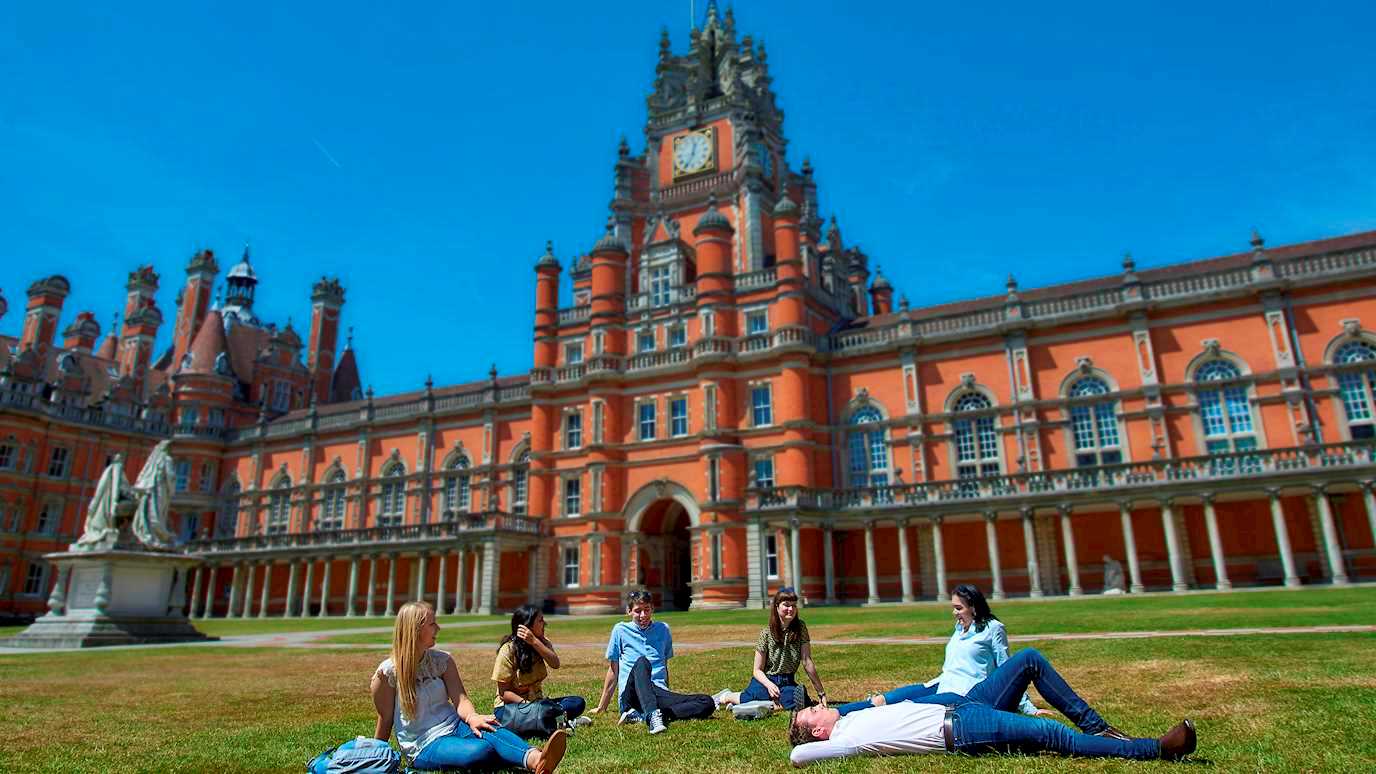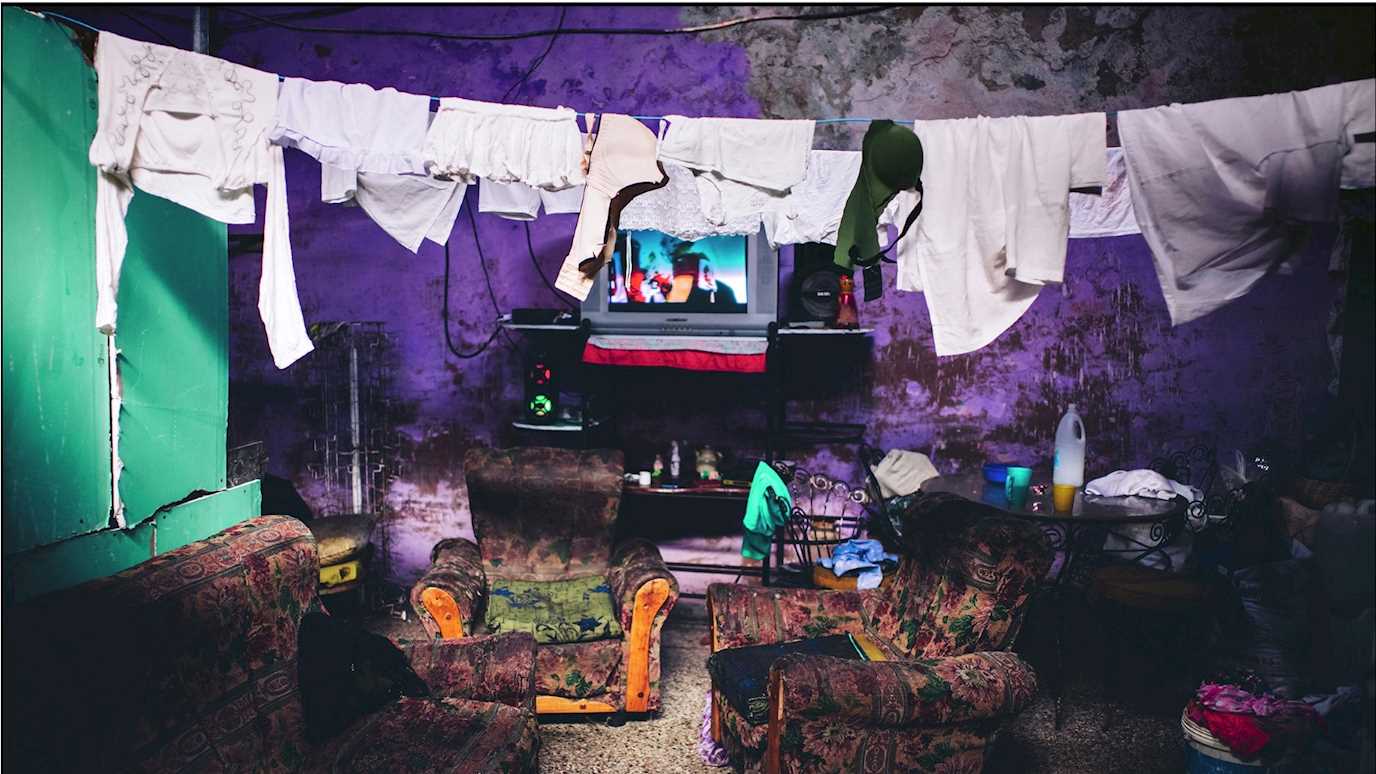A new, free audio-description tour has been created at Royal Holloway, University of London, to make the university’s renowned art collection accessible to partially-sighted people across the world.

Professor Hannah Thompson, from the Department of Languages, Literatures and Cultures at Royal Holloway describes herself as ‘partially blind’ and is an expert in audio description. She teamed up with the university’s art collections team to produce the first audio-described tour of paintings displayed in the famous Picture Gallery, on the campus in Egham.
Professor Thompson and Dr Laura MacCulloch, Curator at Royal Holloway wanted to explore an innovative way of making the collection of works more accessible to everyone, and thus came up with the creative idea of using Professor Thompson’s theory of ‘blindness gain’.
This research uses a crowd-sourced audio-description project with volunteers from across the university community who have been trained in the art of Creative Audio Description (CAD).
Now, thanks to museum and gallery app, Smartify, the audio-described tour is available online.
The tour includes a short description by Professor Hannah Thompson, followed by creative audio descriptions of 15 paintings from the Picture Gallery, including old favourites such as ‘Man Disposes, God Proposes’ and ‘Princess Elizabeth in Prison at St James’. The descriptions are given by current Royal Holloway students and staff.
Speaking about the audio-description tour, Professor Thompson, said: “We’re really excited to have created the audio-descriptions of paintings in Royal Holloway’s Picture Gallery.
“Unlike traditional audio description, CAD does not claim to offer an objective description of an image. Instead, it recognises that each beholder will see things differently and it welcomes non-normative gazes and encourages individual and inventive responses to art.
“It celebrates diversity of interpretation and asks people to produce a subjective response using whatever words speak to them personally.
“These creative audio descriptions give both blind and sighted visitors a new way of experiencing art and they highlight the describer’s responses to each painting’s aesthetic and emotional aspects, as well as to its visual appearance and place in the gallery.
“They are an excellent example of ‘blindness gain’.”
The funding for the project came from generous donations in support of Royal Holloway’s art collection. These donations have supported student employability through the creation of an internship and enabled Royal Holloway to share the collection online with audiences around the world.
Audio-description intern, Emma Hughes, a final-year, Comparative Literature and Culture student at Royal Holloway, recruited volunteers and managed the training and recording process for the project.
The creative audio descriptions will be used in teaching in several courses in the department, as well as Professor Thompson’s ongoing research into the relationship between audio description, translation theory and creative responses to works of art.










